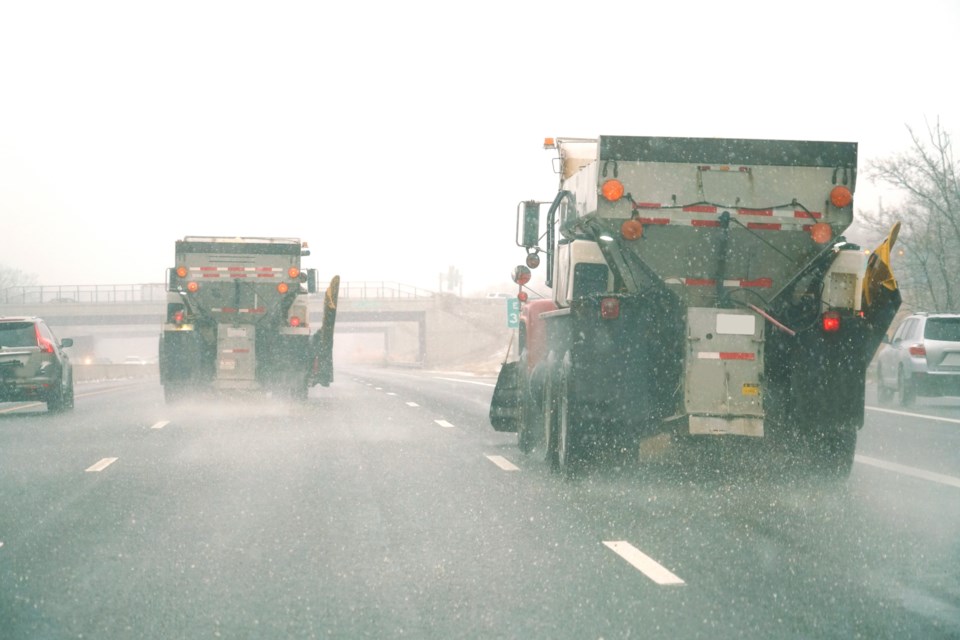OrilliaMatters welcomes letters to the editor ([email protected]). The following letter about the impact of road salt is from Claire Malcolmson, executive director of the Rescue Lake Simcoe Coalition.
********************
Road salt contamination of freshwater waters begs the question, can we make better use of the roads we have?
A deep dive into the salt pollution of freshwaters has led me to some radical thinking. Lake Simcoe is on a trajectory to reach toxic levels of salt in 37 years if current patterns continue. Models indicate that 64 per cent of plants and animals in Lake Simcoe may already be affected by salt contamination.
Having saltier water allows for easier invasions from salt-water species into our freshwater lakes, and having more salt in low-oxygen water creates conditions for harmful algae blooms which make the water dangerous to swim in and drink. We ignore the impacts of salt at great risk to ourselves, not to mention to all the other living things in freshwater.
Science is telling us that the lake will be toxic in one generation unless we change course. In 37 years my little boys might have their own kids. The thought that they could not safely swim in our lake is devastating. It’s an example of the inter-generational unfairness that centuries of unbridled growth and externalizing environmental impacts have yielded.
The controversial Bradford Bypass highway is proposed to cross many rivers that flow through the Holland Marsh farming and wetland areas, on their way to Lake Simcoe. One of these is the East Holland River, whose annual chloride (salt) concentration is 224 mg/L, roughly double the Canadian Water Quality Guideline for long-term exposure for the protection of aquatic life from chloride, of 120 mg/L.
Studies confirm that major highways contribute to chloride hot spots in rivers. Despite improved salt application practices and training from our Conservation Authority, the problem is worsening.
Seems not a good time or place to put another salt-spewing highway.
And yet, the province of Ontario is ramming the Bradford Bypass through without completing the Environmental Assessment (EA), having exempted themselves in October 2021. They are evicting people from their homes now, and want to start construction in March 2022, in their haste, before a budget, detailed engineering drawings, or environmental studies are complete.
I think they have it wrong. People do not only love their cars. I believe people want a better commute AND they want to know that governments are taking care of our water and environment so that we don’t need to worry about anyone taking a swim one generation from now.
Simply put, the more roads you have, the more salt is used, the more water is polluted. What to do? One of the solutions that we need to consider is this: what if we just make better use of the roads we have?
That is already happening in more enlightened parts of the world. Locally, better use of the so-empty-you can-land-a-plane-on-it Hwy 407 has been advanced by a number of experts as an alternative to building new highways 413 and the Bradford Bypass, if the movement of goods is the problem we are trying to solve. We can work towards this aim of just making better use of what we have, by building up where possible, and increasing the density of people in existing neighbourhoods.
It’s high time we get real and accept that the perpetual growth party is over. Let’s make sustainability the priority it needs to be so that people and fish can continue to enjoy one of life’s glorious pleasures - swimming in freshwater lakes.
Claire Malcolmson
Rescue Lake Simcoe Coalition
********************



